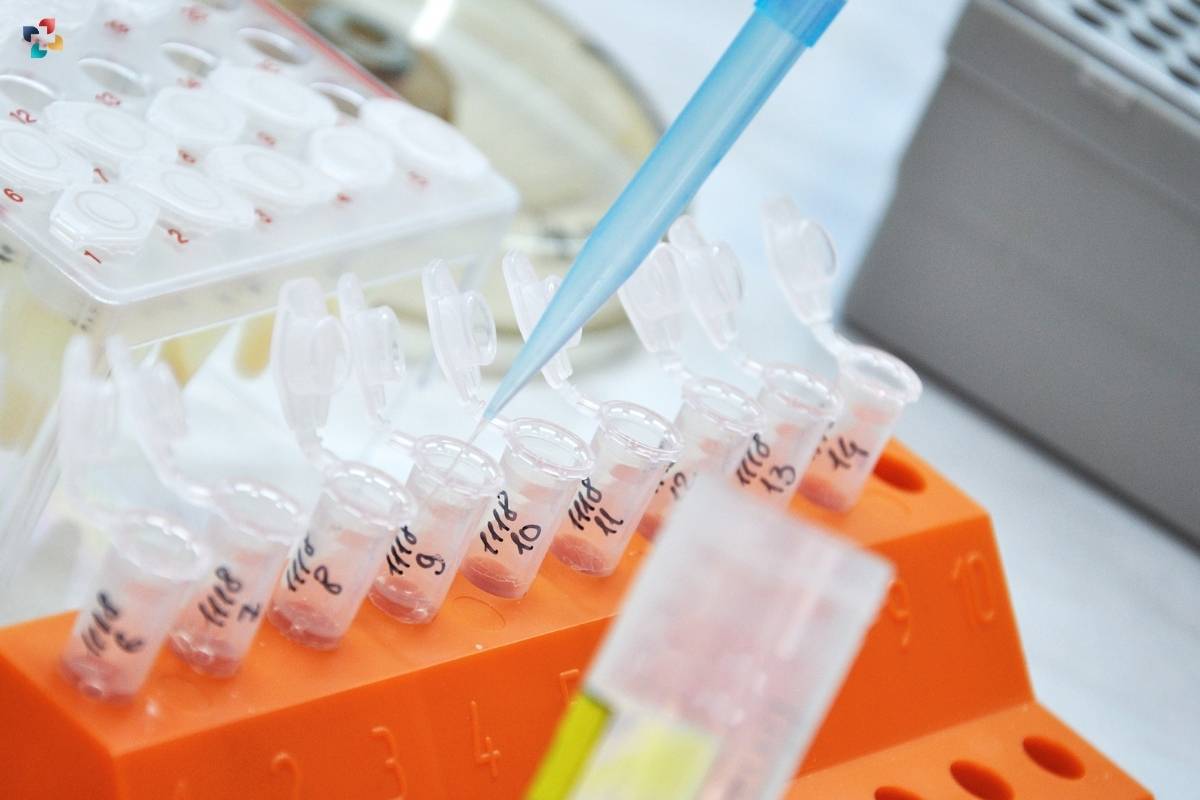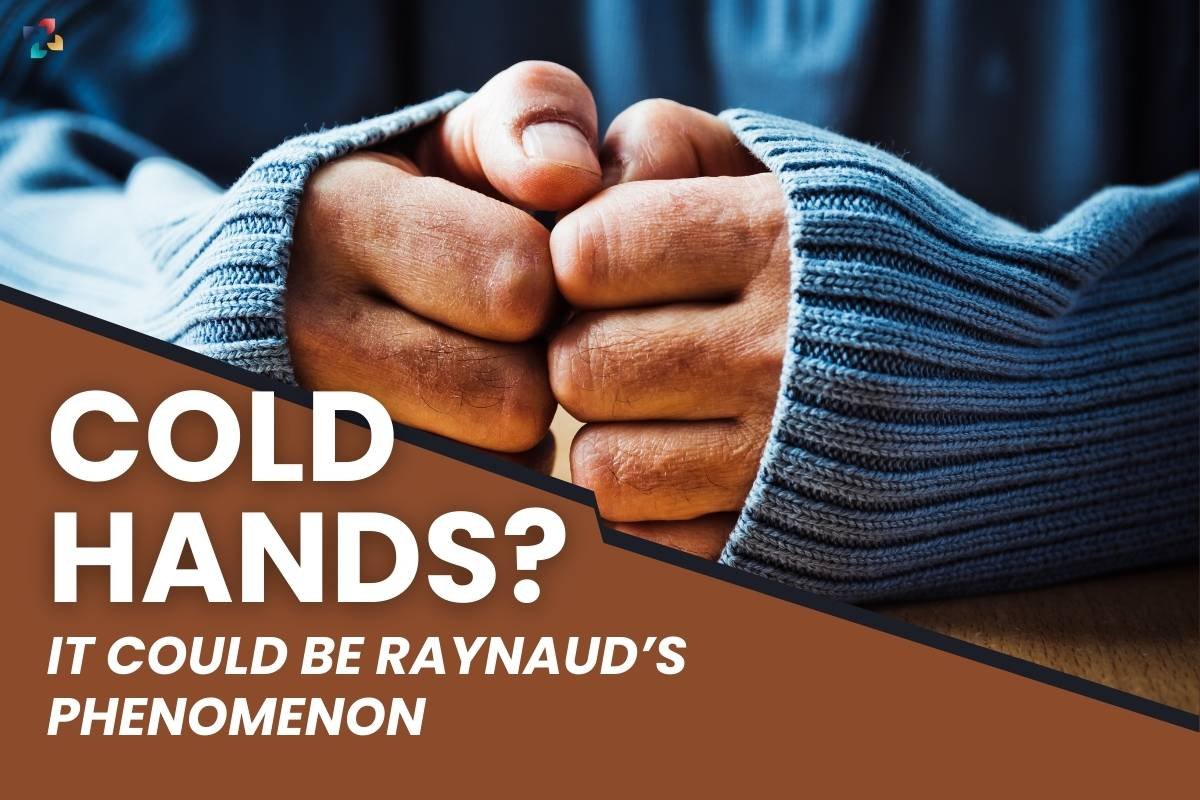The sensation of cold hands is a common complaint, especially in chilly weather. However, for some individuals, this discomfort is more than just a response to the environment. It might be an indication of a condition known as Raynaud’s phenomenon. In this article, we will explore the world of cold hands, and understand what Raynaud’s phenomenon is, its causes, symptoms, diagnosis, and management.
The Chilling Reality of Cold Hands
Cold hands are a universal experience. We’ve all felt our fingers turn icy when exposed to cold temperatures, and it’s typically a normal and temporary reaction. Your body’s natural response to cold is to conserve heat and redirect blood flow to vital organs, leading to a decrease in blood circulation to the extremities, such as the hands. However, in some cases, the experience of cold hands goes beyond what can be explained by temperature alone. People with Raynaud’s phenomenon often encounter extreme sensitivity to cold and stress, leading to dramatic color changes in their fingers, typically from white to blue to red. This condition is more than just an occasional inconvenience; it can significantly impact one’s quality of life.
Understanding Raynaud’s Phenomenon
Raynaud’s phenomenon, often referred to simply as Raynaud’s, is a vascular disorder that affects the blood flow to the extremities, primarily the fingers and toes. It’s characterized by vasospasms, where the blood vessels constrict and narrow excessively in response to cold temperatures or emotional stress. This constriction restricts the blood flow to the affected areas, leading to the classic symptoms of Raynaud’s, including cold and discolored fingers.
Raynaud’s can be classified into two main categories:
- Primary Raynaud’s: This is the most common form, and its exact cause is unknown. It usually occurs in people between the ages of 15 and 25, and while it can be uncomfortable, it is typically not associated with any underlying medical conditions.
- Secondary Raynaud’s: This type of Raynaud’s is often a result of an underlying medical condition, such as an autoimmune disorder (e.g., systemic sclerosis), vascular diseases, or exposure to certain medications or chemicals.
Symptoms of Raynaud’s Phenomenon
The hallmark symptom of Raynaud’s phenomenon is a tri-phasic color change in the affected fingers or toes, proceeding from white to blue and finally to red. Other common symptoms include:

- Cold Fingers / Cold Hands: Persistent coldness in the extremities, even in mild temperatures, can be a daily struggle for those with Raynaud’s.
- Numbness or Tingling: As blood flow is restricted, you may experience numbness or tingling in the affected areas.
- Pain: The constriction of blood vessels can lead to pain in the fingers or toes, especially when they start to regain circulation.
- Skin Changes: Over time, individuals with Raynaud’s may notice skin changes, including thickening of the skin, ulcerations, or in severe cases, gangrene.
- Sensitivity to Cold: Individuals with Raynaud’s may need to take extra precautions in cold weather, wearing multiple layers of clothing and gloves to minimize the risk of an attack.
- Emotional Stress Triggers: Emotional stress and anxiety can also trigger Raynaud’s attacks, making it more than just a cold weather concern.
Diagnosing Raynaud’s Phenomenon
If you suspect you have Raynaud’s phenomenon due to persistent and severe symptoms, it’s essential to seek medical attention. Your healthcare provider will typically conduct a physical examination and take your medical history. They may perform additional tests to differentiate between primary and secondary Raynaud’s and rule out other potential causes of your symptoms.
Some diagnostic tests may include:

- Nailfold Capillaroscopy: This test involves examining the nailbed’s capillaries under a microscope to detect abnormalities associated with autoimmune disorders.
- Blood Tests: Blood tests can help identify underlying conditions that might be contributing to Raynaud’s symptoms.
- Cold Stimulation Test: In this test, the doctor immerses the patient’s hands or feet in cold water and observes their response, looking for changes in skin color or other abnormal reactions.
Managing Raynaud’s Phenomenon
While there’s no cure for Raynaud’s phenomenon, there are various strategies to help manage and alleviate its symptoms:
- Avoid Cold Exposure: Dress warmly, wear gloves and thermal socks, and limit exposure to cold temperatures.
- Stress Management: Reducing stress and anxiety can minimize Raynaud’s attacks.
- Medications: In severe cases, doctors may prescribe medications to relax blood vessels and improve blood circulation.
- Biofeedback: This technique can help individuals gain control over their body’s response to stress and cold.
- Quit Smoking: Smoking can exacerbate Raynaud’s symptoms by constricting blood vessels. Quitting can be immensely beneficial.

- Stay Active: Regular physical activity helps promote better blood circulation.
- Avoid Triggers: Identify and avoid specific triggers that provoke Raynaud’s attacks, whether they are certain medications, chemicals, or lifestyle factors.
- Medical Intervention: In severe cases, medical interventions like nerve surgery or chemical injections can be considered.
Living with Raynaud’s Phenomenon
Living with Raynaud requires patience, lifestyle adjustments, and ongoing management. The key to managing this condition effectively is understanding its triggers and learning how to avoid them. By following a comprehensive treatment plan and making necessary lifestyle changes, individuals with Raynaud’s can minimize the frequency and severity of attacks and continue to lead fulfilling lives.
In conclusion, cold hands might be more than a normal reaction to chilly weather; it could be a sign of Raynaud’s phenomenon. Understanding this condition, its causes, symptoms, diagnosis, and management options is crucial for individuals who experience these symptoms. If you suspect you have Raynaud’s, consult with a healthcare professional to get the appropriate diagnosis and guidance for managing this condition effectively. Remember, you are not alone, and there are strategies and treatments to help you live well with Raynaud’s phenomenon and feel some warmth, after all, who likes cold hands?
Also Read: 6 Exercise Tips to Keep You Moving in Cold Weather











